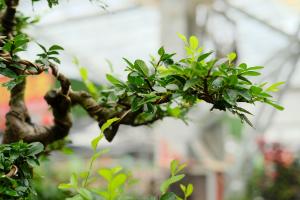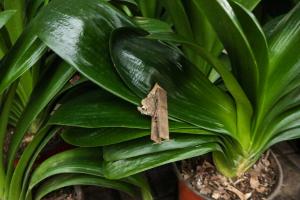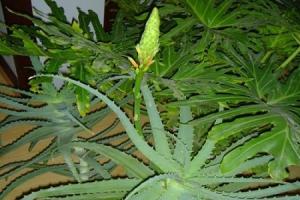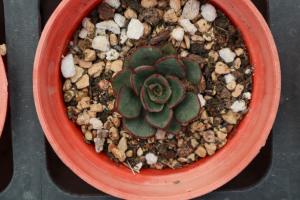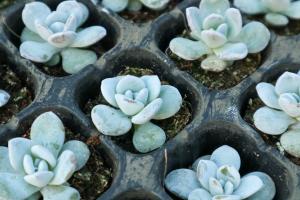What is Blossom End Rot on Tomato Plants?
If you are an avid gardener or grower of tomato plants, you may be all too familiar with a condition known as Blossom End Rot. This condition can be frustrating and damaging to your tomato plants if left unchecked. In this article, we will explore what Blossom End Rot is, how to identify it, and most importantly, how to prevent and treat it.
What Causes Blossom End Rot?
Blossom End Rot is a physiological disorder that affects the tomato plant's fruit. The condition is caused by a calcium deficiency in the plant. The calcium deficiency leads to cell wall breakdown, ultimately resulting in a dark, sunken lesion on the fruit. The condition typically appears on the bottom of the tomato fruit, near the blossom end. Hence, the name Blossom End Rot.
How Do You Identify Blossom End Rot?
Identifying Blossom End Rot is relatively easy. The condition appears as a dark, sunken lesion on the bottom of the tomato fruit. In severe cases, the lesion can be circular and cover most of the fruit's bottom. You may also notice that the affected area is soft and has a slight moldy odor. If you are unsure whether you have Blossom End Rot, you can cut open the fruit, and you will see a brown, water-soaked area just below the skin.
How to Prevent Blossom End Rot?
Preventing Blossom End Rot is essential to ensuring healthy and robust tomato plants. Below are some helpful tips to prevent Blossom End Rot:
Ensure Proper Soil pH and Nutrition: Tomato plants require a pH range of 6.0 to 6.8. If your soil is too acidic or too alkaline, it can lead to calcium deficiency in the plant. Using fertilizers that are high in phosphorus and low in nitrogen can also help in preventing Blossom End Rot.
Maintain Consistent Moisture: Inconsistent moisture can lead to Blossom End Rot. Ensure that your tomato plants receive consistent moisture, and avoid over or under watering them. Water deeply and regularly to ensure that the soil is consistently moist but not waterlogged.
Remove Infected Fruits: Once you notice Blossom End Rot, remove the affected fruits from the plant immediately. This will prevent the condition from spreading to other fruits on the plant.
Avoid Overfertilization: Overfertilization can lead to imbalanced soil nutrients, which can lead to Blossom End Rot. Apply fertilizers only as needed and at the recommended rate.
Avoid Excessive Pruning: Excessive pruning can lead to sunscald, which can increase the likelihood of Blossom End Rot.
How to Treat Blossom End Rot?
If you notice Blossom End Rot on your tomato plants, there are several treatments you can try:
Calcium Treatment: Applying calcium to the soil can help prevent Blossom End Rot. You can add calcium to the soil by using crushed eggshells, bone meal, or agricultural lime.
Foliar Spray: Applying a foliar spray of calcium can help treat Blossom End Rot. You can purchase calcium sprays at most garden centers.
Water Treatment: You can also try watering your tomato plants with water that has been mixed with a calcium product. This can help increase the calcium levels in the soil.
Remember, prevention is the key to avoid Blossom End Rot on your tomato plants. Ensure that your soil pH and nutrients are adequate, maintain consistent moisture, remove infected fruits, avoid overfertilization, and excessive pruning.
Conclusion:
Blossom End Rot can be a frustrating condition to deal with when growing tomato plants. However, it is preventable and treatable with proper care and attention. By following the tips outlined in this article, you can ensure healthy and robust tomato plants free from Blossom End Rot.

 how many times do yo...
how many times do yo... how many planted tre...
how many planted tre... how many pine trees ...
how many pine trees ... how many pecan trees...
how many pecan trees... how many plants comp...
how many plants comp... how many plants can ...
how many plants can ... how many plants and ...
how many plants and ... how many pepper plan...
how many pepper plan...